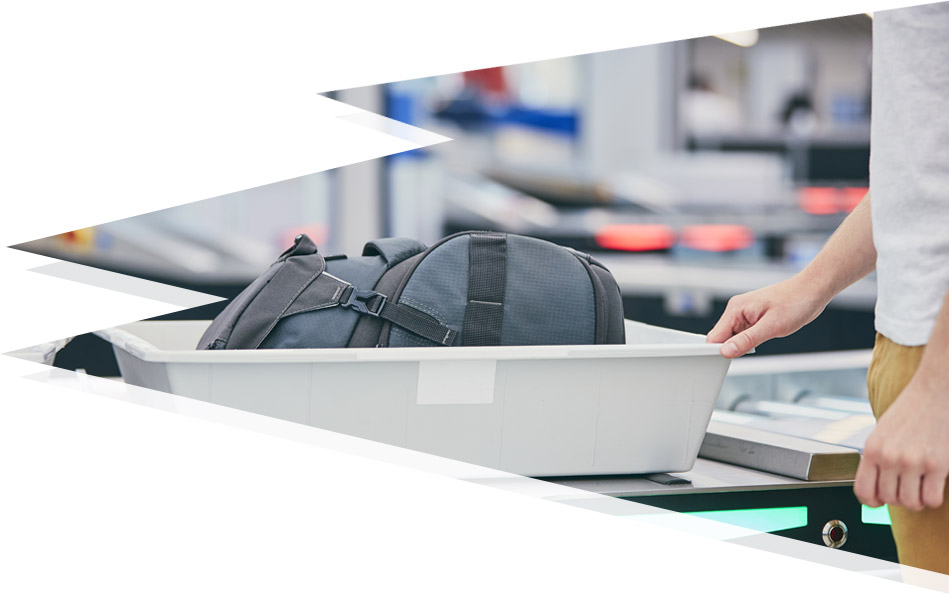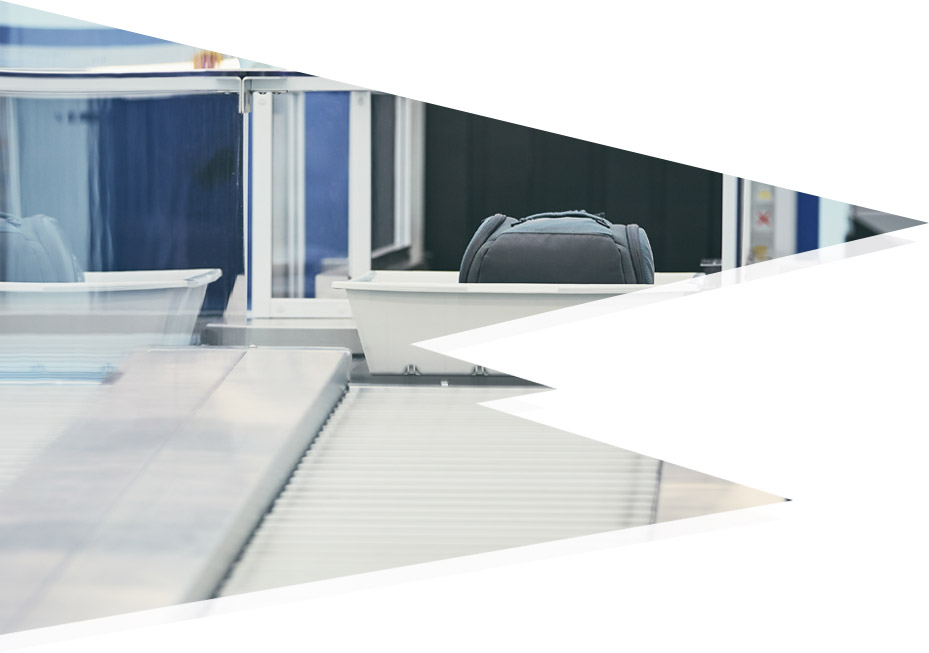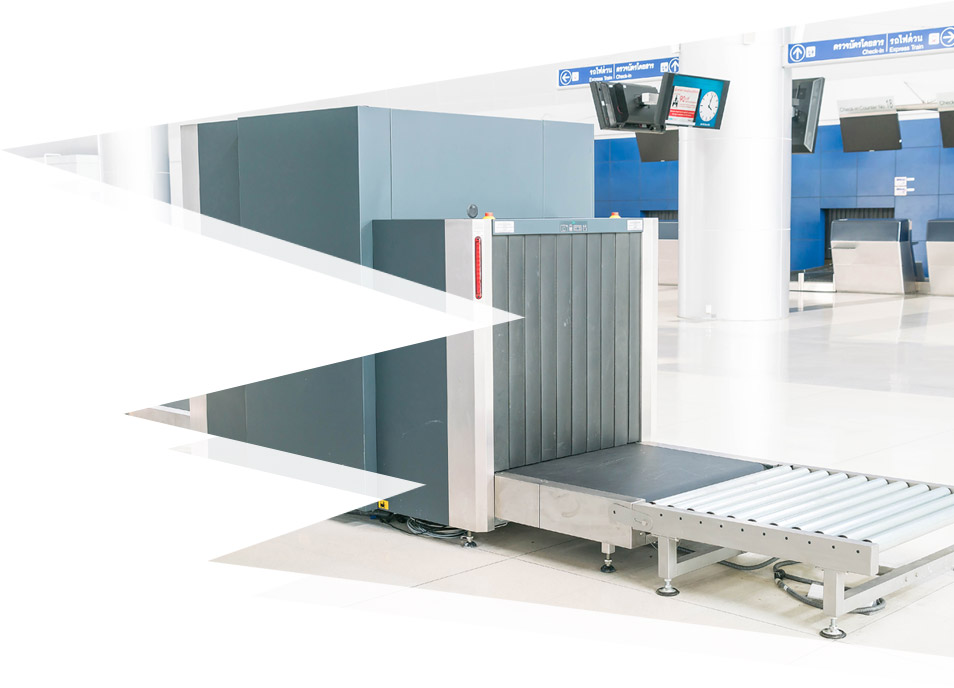Civil Security
SECURITY SCANNERS
SECURITY SCANNERS
In the field of security and defence, the Group of Antennas, Radar and Optical Communications (COM) has a great deal of experience in scanners for non-invasive inspection of people and objects. Airports, airlines, areas with a high mobility of goods and people and places where mass events are held are the most sensitive areas where security needs to be reinforced against possible terrorist attacks.
It is therefore essential that these areas have robust and highly sensitive scanners capable of detecting any threat to people’s lives, such as non-metallic terrorist devices concealed under clothing.


The International Air Transport Organisation (IATA) has established several standards to improve the performance of airport security scanners. They specify that people should be able to be scanned without the need to remain static, as is the case with current systems. In addition, in order to respect the privacy of passengers, the new systems will need to be able to identify different materials in order to distinguish between contraband or explosives and other harmless items that a person may be carrying, such as medical devices or implants.
The next generation of security systems must provide more freedom for passengers but, at the same time, require improved equipment performance from a security point of view, with a higher probability of detection (PoD) and a lower false alarm rate (FAR). The challenge is to achieve high PoD and low FAR while operating close to real time and ensuring people’s health and privacy.
Millimetre-wave scanners are the most interesting solutions because they have a very high resolution due to their relatively short wavelength (1-10mm), a relatively low cost and a great ability to penetrate through tissue and other materials. Furthermore, the different behaviour of millimetre waves when interacting with different materials can help their identification by the scanning system. In addition, millimeter-waves are nonionizing and, therefore, pose no known health hazard.
The research group has proven a solid experience in this type of technology, as recognised by three consecutive European Conference of Antennas and Propagation (EuCAP) awards in 2013, 2014 and 2015. As a result of previous projects, a prototype of imaging radar at 300 GHz was developed and successfully tested with a sophisticated bifocal reflector antenna that was developed by the group. Moreover, two PhDs of the group, recently reincorporated to the University of Vigo, have also extensive experience in the general specification, design and developmente of nearfield imaging systems for personnel inspection due to their long term previous stay at Northeastern University (Boston) and to their participation in the development, under the sponsorship of the Department of Homeland Security of the U.S., of a new cyber-physical system that combines millimeter wave radar and stereo cameras in order to increase the security at airports and other important checkpoints. The main improvement of this system is that it works on a multiple bistatic configuration, which substantially improves the image quality when compared to other systems in use.
The operating principles of these scanners can be used in other fields such as food safety, quality control in production systems, detection of landmines or other buried elements through the use of small unmanned aerial vehicles (UAVs). In fact, the group is currently developing several projects related to the search for buried objects using on-board radar on UAVs in both civil and military fields.
